Attention-grabbing signs at retailers announce, “Cash Back!” for customer purchases. In any economy, consumers are looking for better prices and the promise of cash would seem to be a likely driver of purchasing behavior. Unfortunately, however, a tremendous opportunity is lost for the retailer. While such tactics may produce temporary bursts of purchases, they do not develop customer loyalty.
Non-cash awards, whether tangible items or points programs with accrual possibilities, offer benefits to both the consumer and to the organization which cash simply cannot provide.
Doesn’t Everyone Just Want Cash?
Well, yes… Everyone thinks that they do, but the scientific research tells a different story. Scott Jeffrey did a very revealing study at the University of Chicago. He found that although people stated that they preferred a cash reward, their task performance was “markedly better when they were in pursuit of a non-cash incentive.” Why? Because we inflate the value of merchandise, including gift cards, in our minds and compete for trophy value.
How many of us remember what we did with the cash back from a store purchase? A cash reward is frequently forgotten and used for regular expenses. Many consumers are unable to justify purchasing something simply for the pleasure of it when there are bills to be paid and cash rewards blend easily into day-to-day expenses.
Additionally, most people are reluctant to discuss money with others, but do not hesitate to share stories of how a tangible gift was received.
Cash rewards are less effective and efficient as an engagement tool with consumers and employees alike. Cash is less memorable and less valued over time than non-cash awards in the form of points, travel, or merchandise. The psychological context for cash is rife with other demands and program resources can be better used for the benefit of the organization and the consumer.
What’s more, while rewards programs add value, cash incentives ultimately discount a brand. Further iterations of cash programs reduce the perceived value. With a rewards program, this effect can be eliminated and budgets can be established for rewards without diminishing the brand value.
Making Rewards Desirable Means Making Them Memorable
In their review titled Consumer Loyalty Programs, Hanover Research notes that one major retailer changed course to address their customers’ interests. Nordstrom began their program in 2007 with a cash-back approach, but found that this did not create customer loyalty. Instead, what worked for them was a mix of points towards future purchases and experiential awards. Customers exchanged loyalty for the chance to achieve opportunities or goods that they might not otherwise have.
The attainment of the desired award creates a positive emotional response and association with the brand which is carried forward to the next purchasing decision, as well as into the social sharing among consumers.
Inspire a Brand Ambassador, not a Transaction
Brand loyalty is not transactional. It is a relationship developed with a customer over time. This can only be earned through responsiveness to customer needs, thoughtful program development, and careful management of every touchpoint.
In many industries, extended distribution channels mean that an organization is very rarely in direct contact with the consumer. Anonymous customers make purchasing decisions among aisles of similar products and leave little understanding of what drives them. Their motivations can be unclear or buried deep in “big data.”
Non-cash promotional and customer loyalty programs offer exceptional opportunities to get to know the customer and to find out, through them directly, what motivates them to purchase one brand over another.
Undoubtedly the most effective way to make this connection is with an engaging and informative program website. By requiring that a consumer visit the site to redeem offers for merchandise or points, marketers have a unique opportunity to communicate directly to individuals interested in their products. This allows an organization to:
- Communicate
- Collect data on the consumer
- Personalize future offers
- Obtain customer referrals
Research shows that consumers respond to the opportunity to be “insiders” and to have access to new offers and members-only promotions. They also respond to the opportunity for a head start, where this insider access gives them an early advantage on earning rewards.
This also creates a cycle of repetitive engagement, wherein consumers are driven to return to the site to participate in the promotion and to take advantage of awards and organizations can reinforce the brand value through communications targeted to the individual’s interests.
Additionally, program sites can also provide learning and reward opportunities for channel partners, further advancing product knowledge, collecting an entirely new set of data, and enhancing sales.
Tangible rewards repeatedly remind the consumer of the experience with the brand and can be justified and shared, unlike cash rewards. Leveraging that on-going connection with targeted on-line experiences and communications further develops the relationship. Program data and targeted communications deepen the experience and increase the likelihood of future purchases. This virtuous circle of customer satisfaction and purchasing behavior goes directly to the bottom line.



